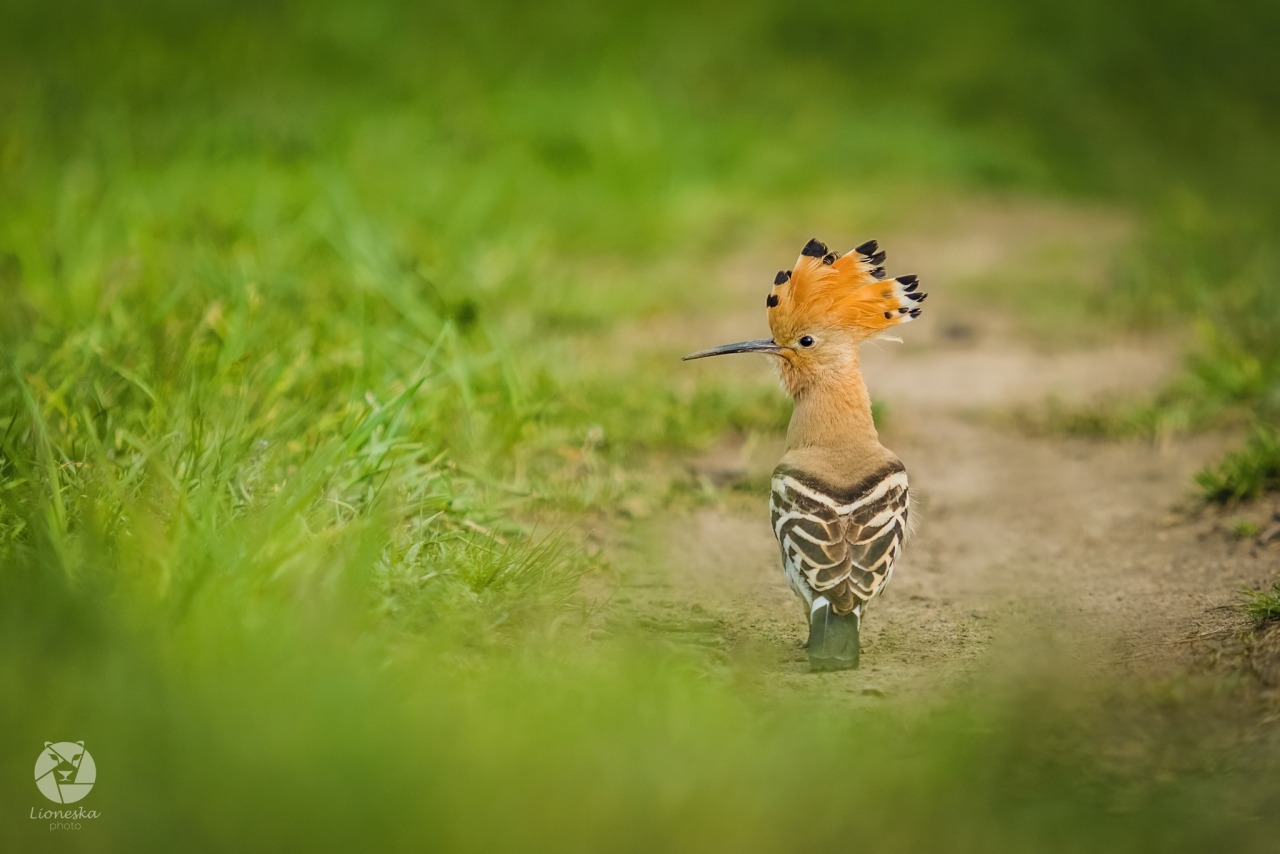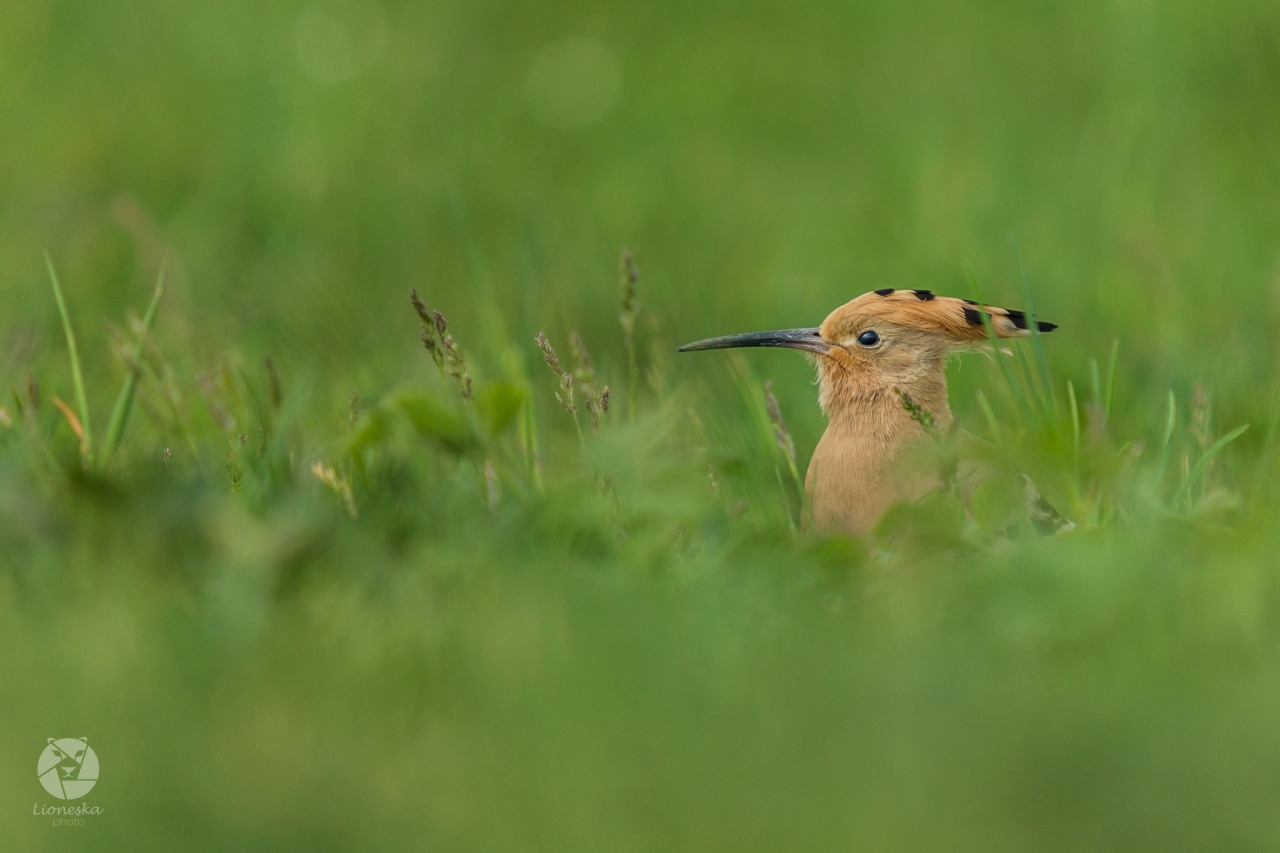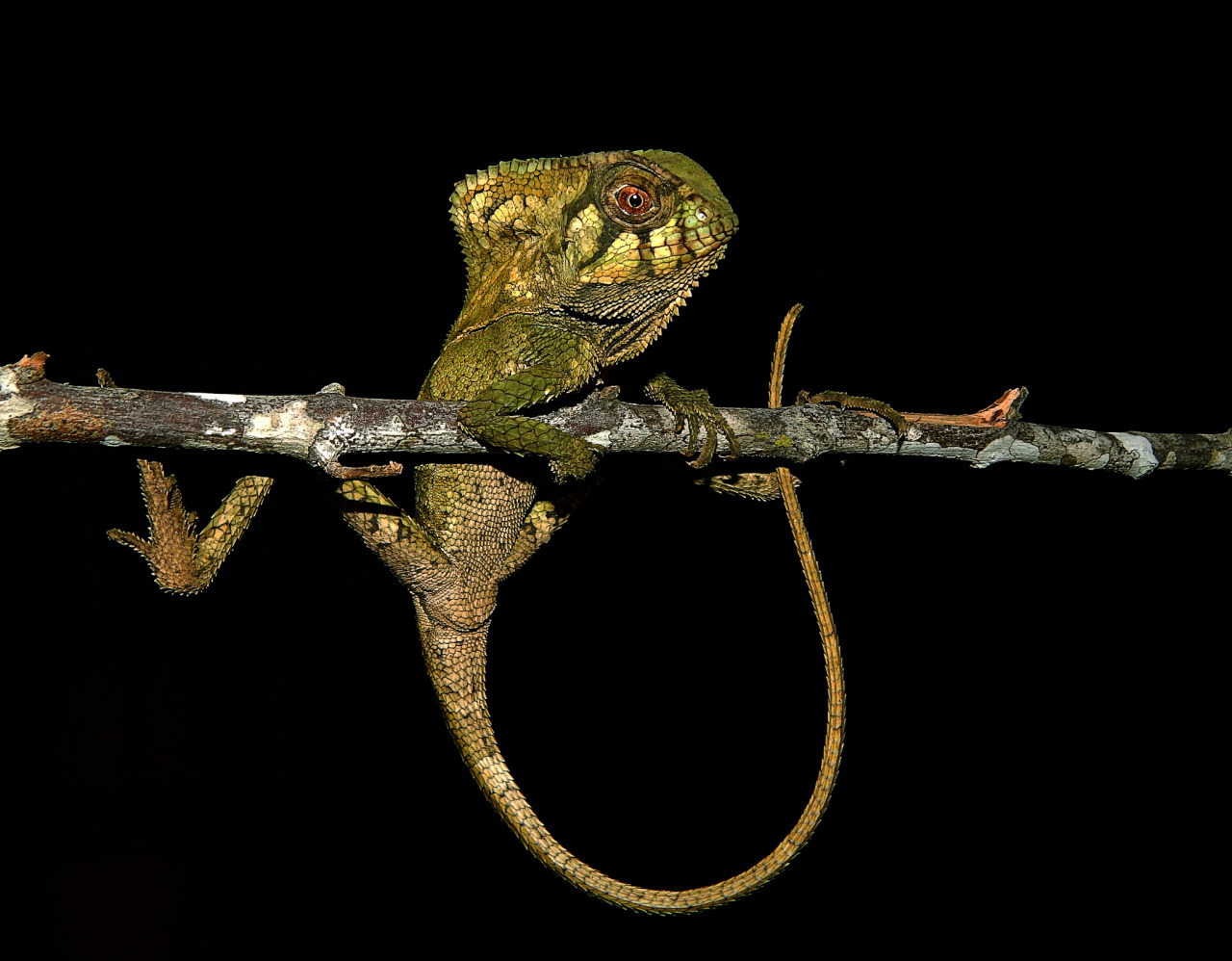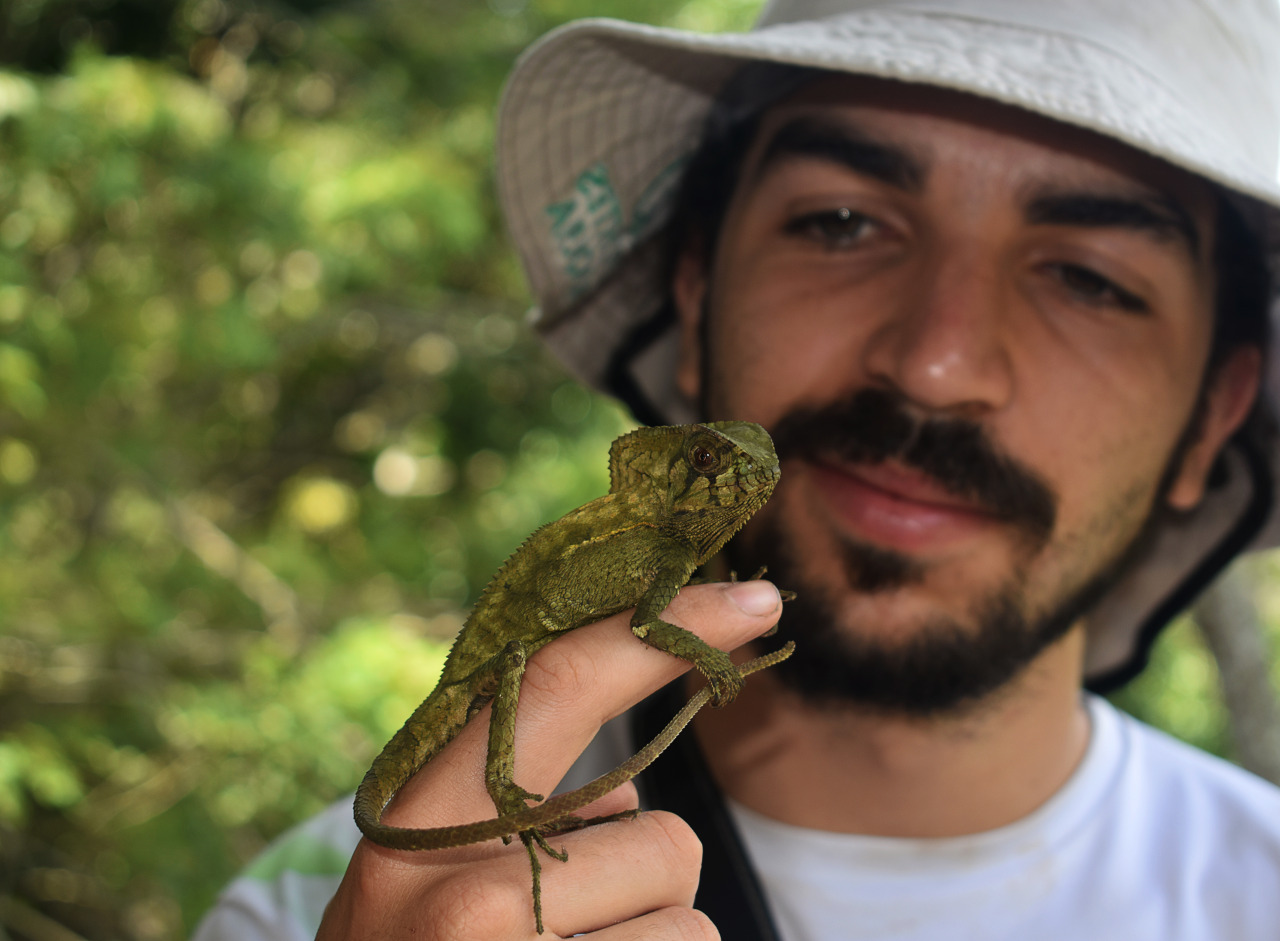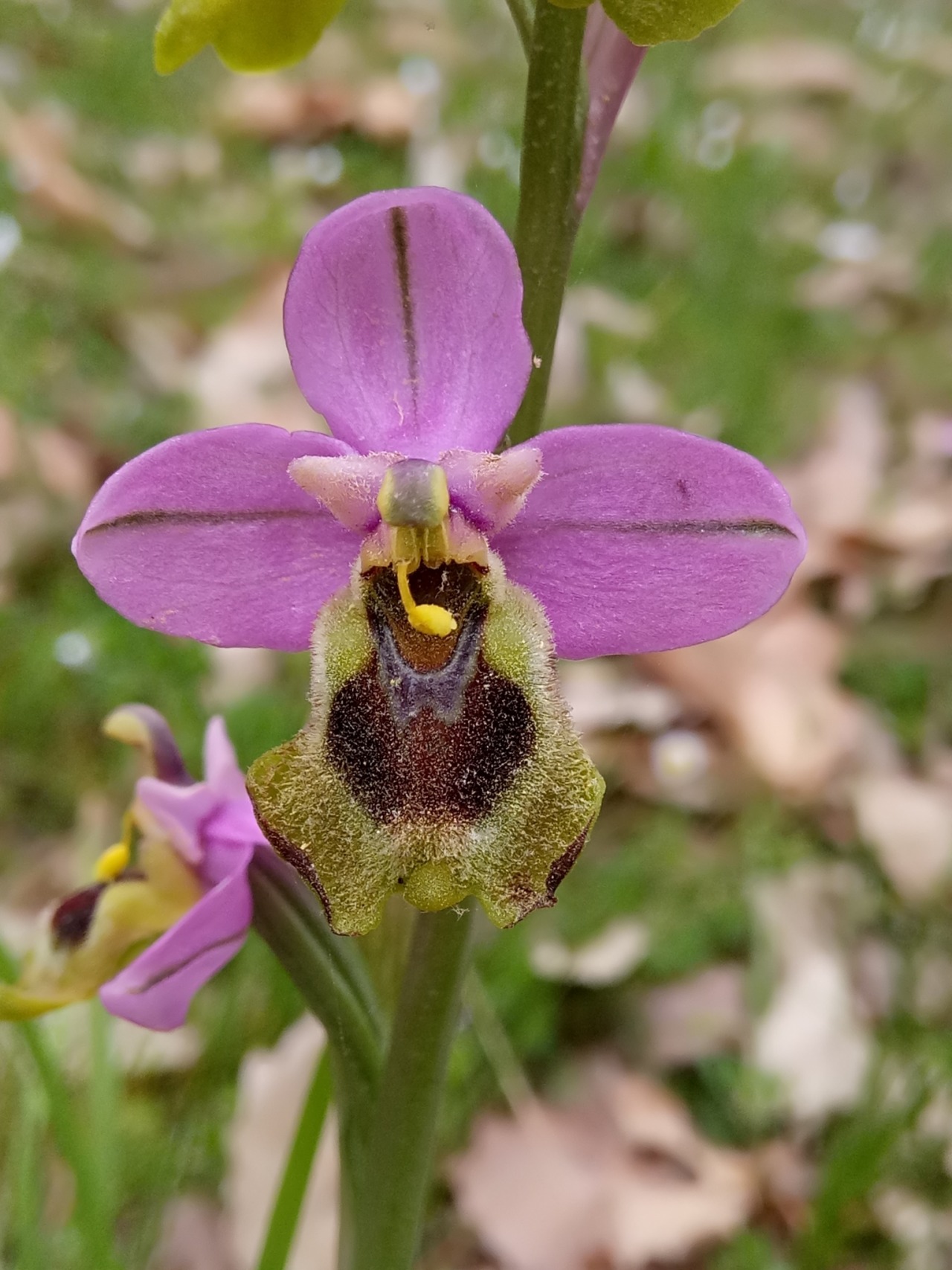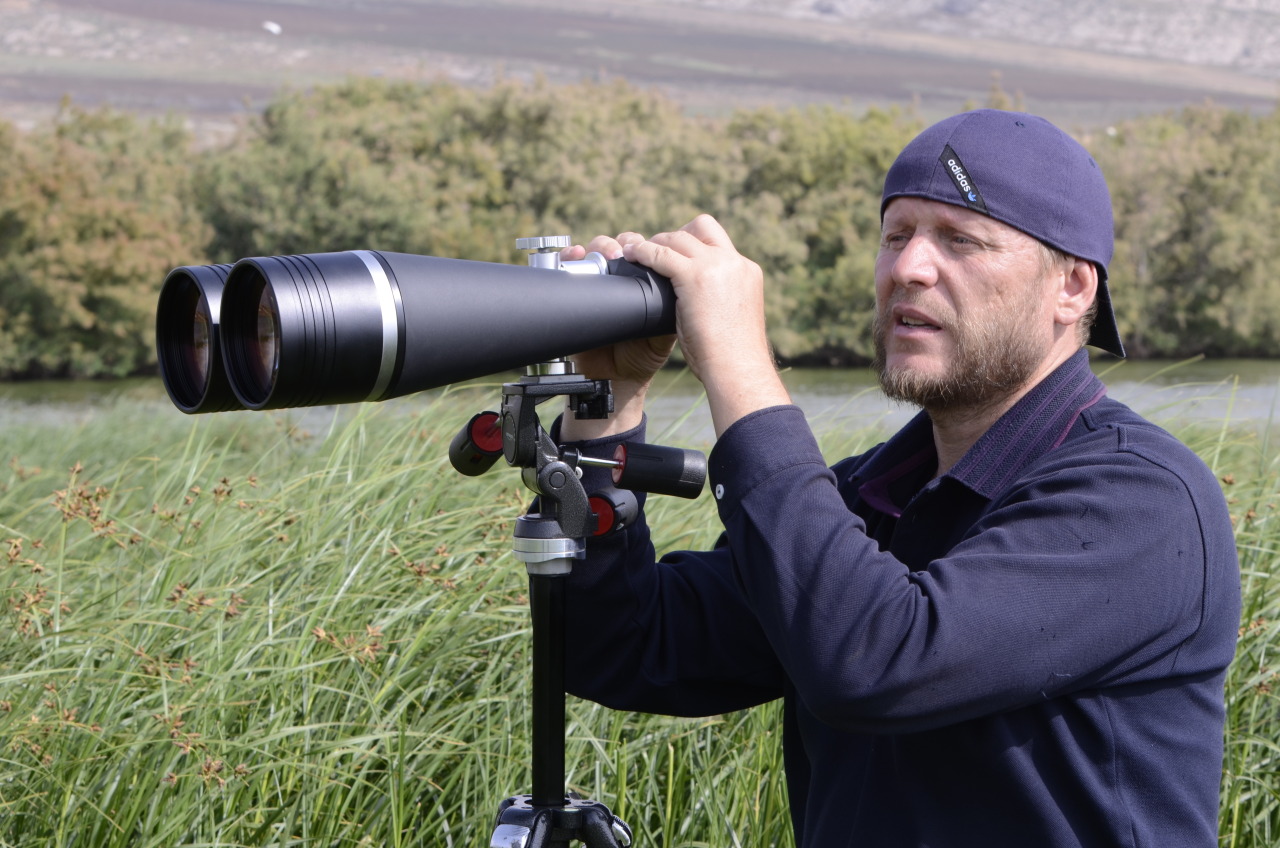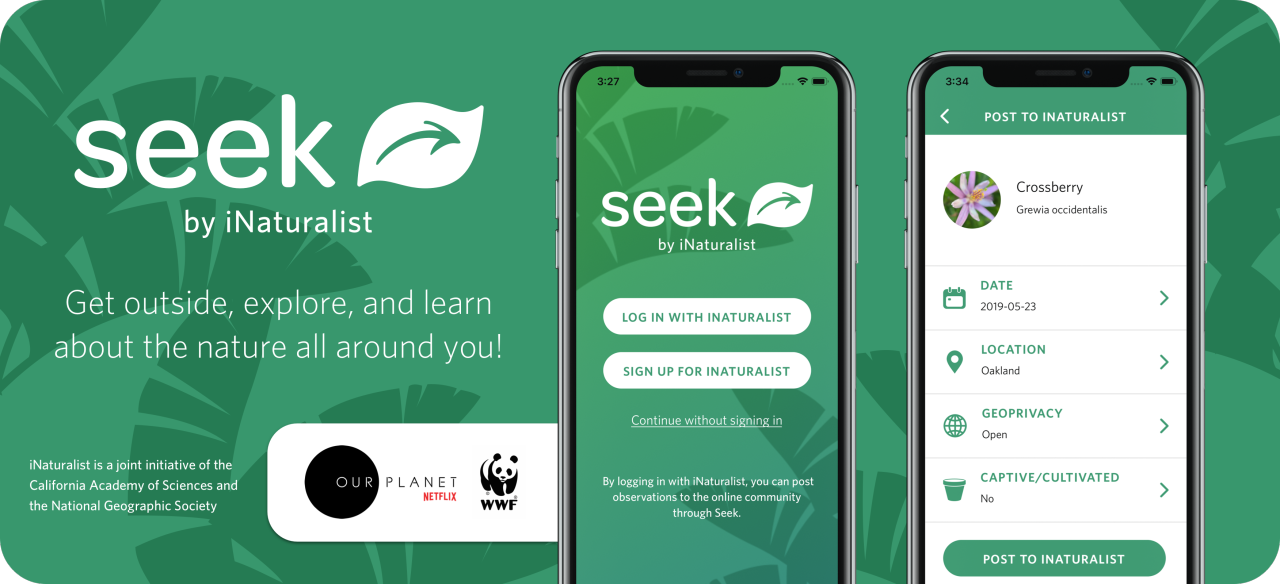An Ovipositing Wasp in Russia - Observation of the Week, 5/3/19

Our Observation of the Week is this ovipositing Atanycolus wasp, seen in Russia by ropro!
In my experience, most people associate the word “wasp” with members of the Vespid family, such as hornets and paper wasps. And for good reason, as many of them are large, colorful, often found around humans, and can deliver a painful sting. But the world of wasps is endlessly fascinating, and that includes parasitoid ones such as the Atanycolus wasp seen above.
The photographer, Roman, tells me he came across this individual during mid-August, and it was one of several braconids he found on a fallen birch tree. Fallen birches, he says, are often great places to find wasps, “from Giant ichneumon wasps (Megarhyssa) to such small ones (the one in the picture, about five millimeters). Therefore, if I see a fallen birch, then I will definitely look at it.”
Why so many wasps around an old tree? Well, that’s where they can find food and a home for their young. Many other insects, such as long-horned beetles and some species of lepidoptera, lay their eggs here, and their larvae bore through the wood. Wasps like the Atanycolus photographed by Roman take advantage of this by using their long ovipositors to “drill” into the wood and lay their eggs on these larvae. The wasp larvae then parasitize the larvae of the other insects, either internally or from the outside, and usually wind up killing their hosts. This mother wasp, in fact, was so focused on her work, that Roman explains “it was easy to photograph, because the braconids did not react to my close presence and were inactive. The only difficulty was their small size.”
Always interested in nature, Roman says that ten years ago he bought a digital camera and, “after moving to a new place of residence, where was a large park nearby, I began to photograph insects, plants and birds there.
I have recently started to upload my own observations [to iNaturalist] and I [have] became interested in butterflies and moth of Central and South America here. They are very unusual there [and I am] trying to identify them.
- by Tony Iwane.
- PBS’s Deep Look has a nice video explaining Megarhyssa oviposition.



